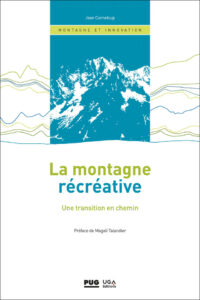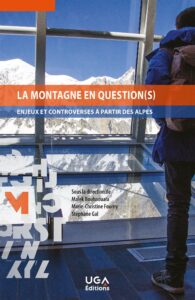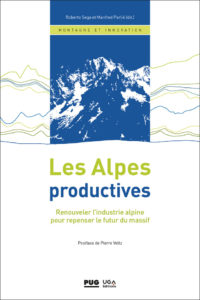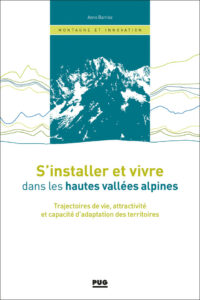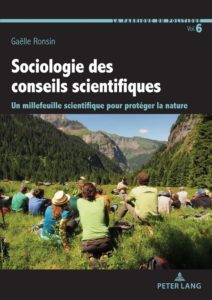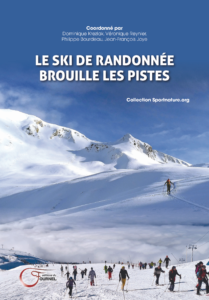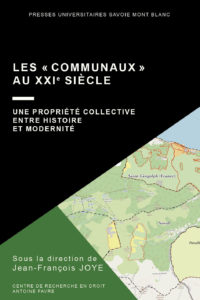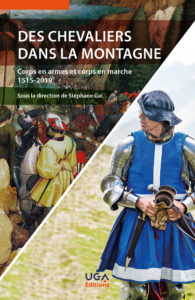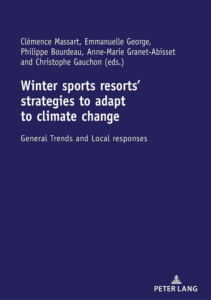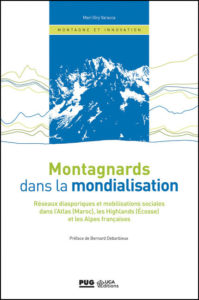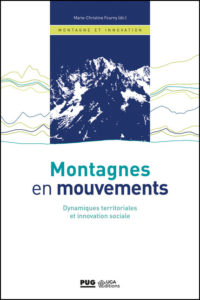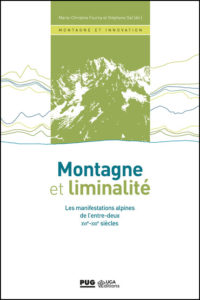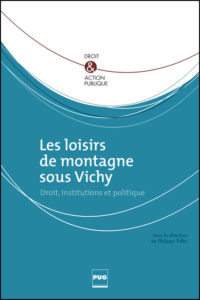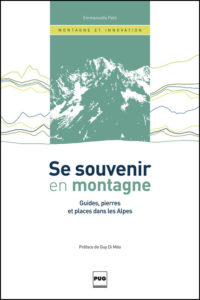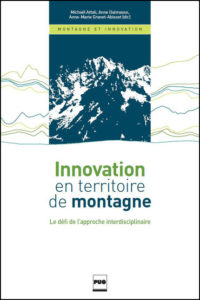Chaque année, des chercheuses et des chercheurs de différentes disciplines, soutenus par le Labex ITTEM, s’interrogent et apportent un regard nouveau sur les problématiques territoriales et environnementales spécifiques aux zones de montagne. Ils publient chez divers éditeurs.
Liste des ouvrages parus :
La montagne récréative. Une transition en chemin.
De Jean Corneloup, Collection Montagne et Innovation, éditions PUG/UGA, janvier 2023.
La montagne en question(s). Enjeux et controverses à partir des Alpes.
Sous la direction de Malek Bouhaouala, Marie-Christine Fourny et Stéphane Gal, Collection Carrefour des idées, UGA Éditions, 2023.
Les Alpes productives. Renouveler l’industrie alpine pour repenser le futur du massif.
Sous la direction de Roberto Sega et Manfred Perlik, Collection Montagne et Innovation, éditions PUG/UGA, novembre 2022
S’installer et vivre dans les hautes vallées alpines. Trajectoires de vie, attractivité et capacité d’adaptation des territoires.
De Anne Barrioz, Collection Montagne et Innovation, éditions PUG, novembre 2022.
Sociologie des conseils scientifiques. Un millefeuille scientifique pour protéger la nature.
Gaëlle Ronsin, Collection La fabrique du politique, Vol.6, Éditions Peter Lang, 2022.
Le ski de randonnée brouille les pistes.
Coordonné par Dominique Kreziak, Véronique Reynier, Philippe Bourdeau, Jean-François Joye, Collection Sportnature.org, éditions du Fournel, octobre 2022.
Les « communaux » au XXIème siècle. Une propriété collective entre histoire et modernité.
Sous la direction de Jean-François Joye, Centre de recherche en droit Antoine Favre, Presses universitaires Savoie Mont Blanc, 2021.
Des chevaliers dans la montagne. Corps en armes et corps en marche 1515 – 2019.
Sous la direction de Stéphane Gal, Collection Carrefours des idées, UGA Éditions, 2021.
Winter sports resorts’ strategies to adapt to climate change. General trends and local responses.
Sous la direction de C. Massart, E. George, P. Bourdeau, A-M. Granet-Abisset et C. Gauchon, Éditions Peter Lang, 2020.
Montagnards dans la mondialisation. Réseaux diasporiques et mobilisations sociales dans l’Atlas (Maroc), les Highlands (Ecosse) et les Alpes françaises.
De Mari Oiry Varacca, Collection Montagne et Innovation, éditions PUG/UGA, novembre 2019.
Montagnes en mouvements. Dynamiques territoriales et innovation sociale.
Sous la direction de Marie-Christine Fourny, Collection Montagne et Innovation, éditions PUG/UGA, octobre 2018.
Montagne et liminalité. Les manifestations alpines de l’entre-deux XVIe–XXIe siècles.
Sous la direction de Marie-Christine Fourny et Stéphane Gal, Collection Montagne et Innovation, éditions PUG/UGA, septembre 2018.
Les loisirs de montagne sous Vichy. Droit, institutions et politique, Collection Droit & action publique.
Sous la direction de Philippe Yolka, Collection Montagne et Innovation, éditions PUG, octobre 2017.
Une montagne d’innovations. Quelles dynamiques pour le secteur des sports outdoor ?
Sous la direction de Bénédicte Vignal, Eric Boutroy et Véronique Reynier, Collection Montagne et Innovation, éditions PUG, septembre 2017.
Ordre, sécurité et secours en montagne. Police et territoire (XIXe-XXIe siècles).
Sous la direction d’Aurélien Lignereux, Collection Montagne et Innovation, éditions PUG, octobre 2016.
Se souvenir en montagne. Guides, pierres et places dans les Alpes.
De Emmanuelle Petit, Collection Montagne et Innovation, éditions PUG, octobre 2016.
L’ENSA à la conquête des sommets. La montagne sur les voies de l’excellence.
Sous la direction de Michaël Attali, Collection Montagne et Innovation, éditions PUG, juin 2015.
Innovation en territoire de montagne. Le défi de l’approche interdisciplinaire.
Sous la direction de Michaël Attali, Anne Dalmasso et Anne-Marie Granet-Abisset, Collection Montagne et Innovation, éditions PUG, septembre 2014.

